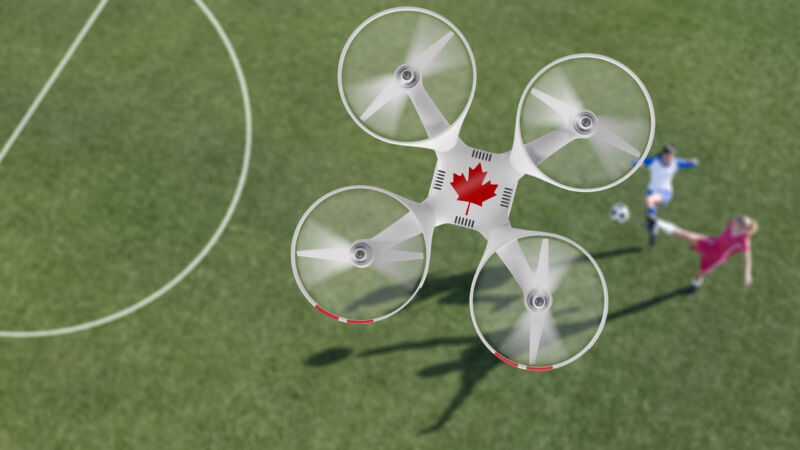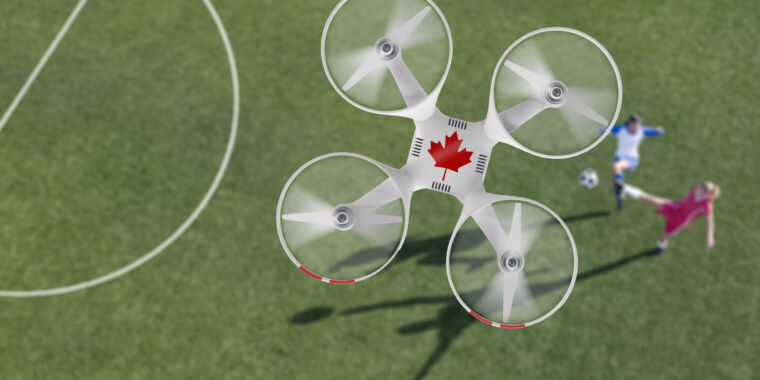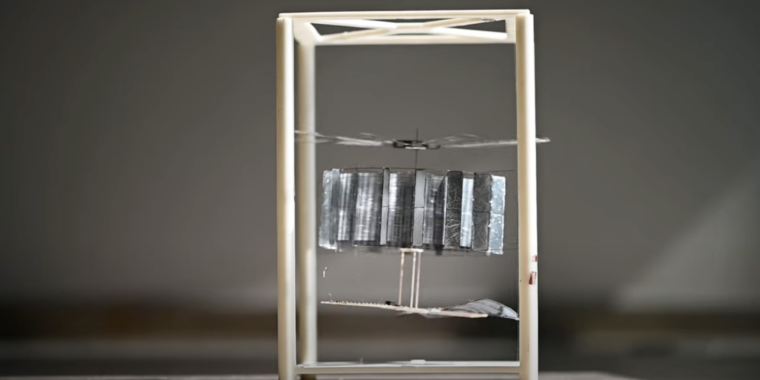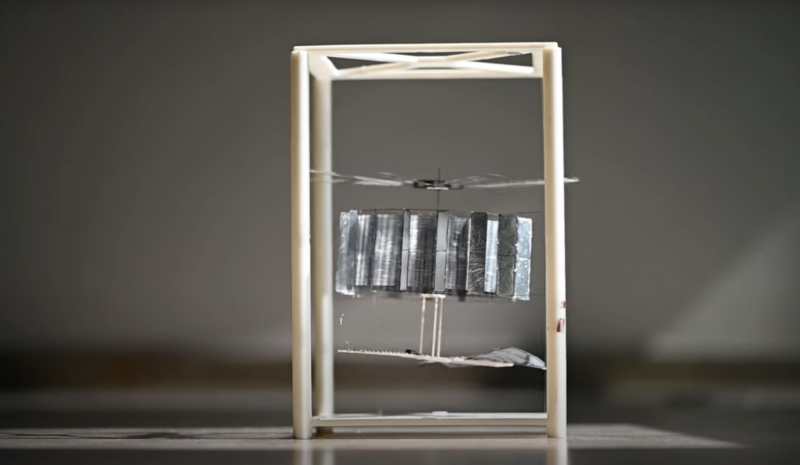New Zealand “deeply shocked” after Canada drone-spied on its Olympic practices—twice

Aurich Lawson | Getty Images
On July 22, the New Zealand women’s football (soccer) team was training in Saint-Étienne, France, for its upcoming Olympics matchup against Canada when team officials noticed a drone hovering near the practice pitch. Suspecting skullduggery, the New Zealand squad called the local police, and gendarmes located and then detained the nearby drone operator. He turned out to be one Joseph Lombardi, an “unaccredited analyst with Canada Soccer”—and he was apparently spying on the New Zealand practice and relaying information to a Canadian assistant coach.
On July 23, the New Zealand Olympic Committee put out a statement saying it was “deeply shocked and disappointed by this incident, which occurred just three days before the sides are due to face each other in their opening game of Paris 2024.” It also complained to the official International Olympic Committee integrity unit.
Early today, July 24, the Canadian side issued its own statement saying that it “stands for fair-play and we are shocked and disappointed. We offer our heartfelt apologies to New Zealand Football, to all the players affected, and to the New Zealand Olympic Committee.”
Later in the day, a follow-up Canadian statement revealed that this was actually the second drone-spying incident; the New Zealand side had also been watched by drone at its July 19 practice.
Team Canada announced four responses to these incidents:
- “Joseph Lombardi, an unaccredited analyst with Canada Soccer, is being removed from the Canadian Olympic Team and will be sent home immediately.
- Jasmine Mander, an assistant coach to whom Mr. Lombardi report sent [sic], is being removed from the Canadian Olympic Team and will be sent home immediately.
- [The Canadian Olympic Committee] has accepted the decision of Head Coach Bev Priestman to remove herself from coaching the match against New Zealand on July 25th.
- Canada Soccer staff will undergo mandatory ethics training.”
Drones are now everywhere—swarming the skies over Ukraine’s battlefields, flying from Houthi-controlled Yemen to Tel Aviv, scouting political assassination attempt options. Disney is running an 800-drone light show in Florida. The roofer who recently showed up to look at my shingles brought a drone with him. My kid owns one.
So, from a technical perspective, stories like this little spying scandal are no surprise at all. But for the Olympics, already awash in high-tech cheating scandals such as years-long state-sponsored doping campaigns, drone spying is just one more depressing example of how humans excel at using our tools to ruin good things in creative new ways.
And it’s a good reminder that every crazy example in those terrible HR training videos your boss makes you watch every year are included for a reason. So if you see “drone ethics” creeping into your compliance program right after sections on “how to avoid being phished” and “don’t let anyone else follow you through the door after you swipe your keycard”… well, now you know why.
New Zealand “deeply shocked” after Canada drone-spied on its Olympic practices—twice Read More »


